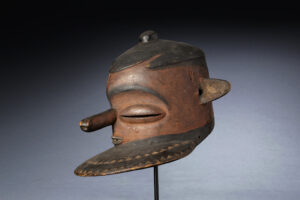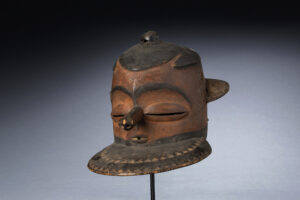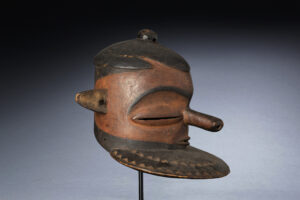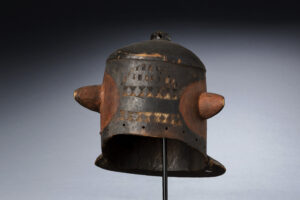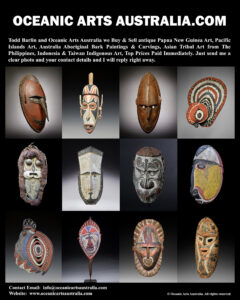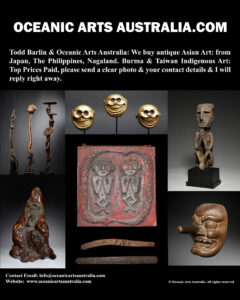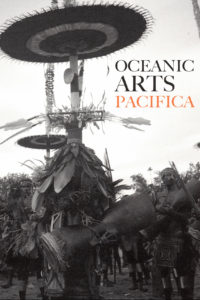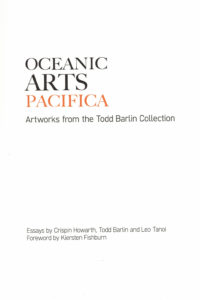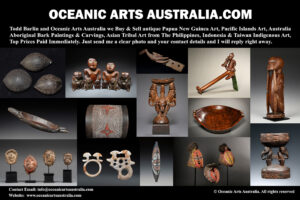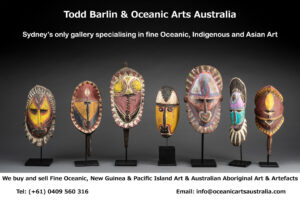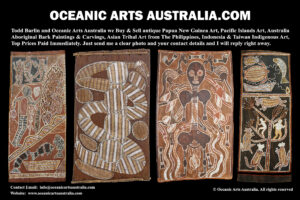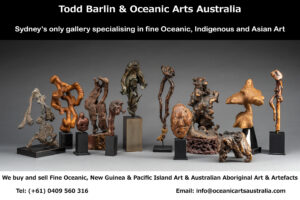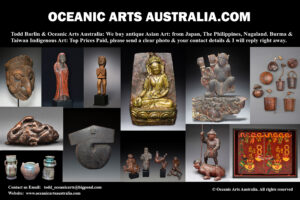A Fine Old Eastern Pende Mask Pende People Democratic Republic of Congo Africa
| Collection No. | TB-4164 |
|---|---|
| Size | 32cm x 34cm |
A Fine Old Eastern Pende Mask, Pende People Democratic Republic of Congo Africa
This expressive Mask is from the Eastern Pende People in the Democratic Republic of the Congo Africa. This type of mask called ‘Giphogo’ are among the symbols of power used by chiefs of the Eastern Pende. Only chiefs are allowed to dance with this type of mask on the occasion of initiations and rituals of the ancestor cult of the Eastern Pende.
The most important Pende masks were those used in initiation ceremonies for the circumcision of young boys. That is the case for this Giphogo (Kipoko) type of mask, In the Gatundu region, famous for its artists’ workshops, these masks represent a beneficial force in case of illness
Masks are the dominant form of Pende sculptural work and are used in masquerades where artists, musicians, and dancers perform their accomplished arts. The look and character of a mask is conceptualized by male dancers who perform it. The dancer creates the mask only after he has choreographed a dance for it, written a song for it, and selected the necessary dance costumes and props to accompany it. When these things have been accomplished the dancer collaborates with a drummer to come up with the lead rhythm for the mask’s dance. Finally, if the mask is new in concept or character a master sculptor will be consulted to expertly reflect the nature of the being.
The Pende people have many different kinds of masks they wear, especially at adult initiation rituals and funerals. The word giphogo (or kipoko) means “sword wielder” and is a symbol of power among the Eastern Pende. The mask is kept in the chief’s home, and only chiefs are allowed to authorize dance with this type of mask on the occasion of initiations and rituals of the ancestor cult of the Eastern Pende. It represents the village chief as an intermediary between the living and the dead, and its uses include protection from evil spirits; prayers or thanks for successful harvests tribal fertility; identifying and punishing sorcerers; and adult initiation during mukanda rituals. The dance is called Lukongo among the Eastern Pende. The masquerade carries one or two flywhisks made of animal hair, which are used to mimic agricultural work or to purify the village grounds. As the kipoko dances, he mimics the daily tasks of village women, meanwhile flicking the ground with the whisks and making semicircular kicks to protect the village against evil spirits or sorcerers, to purify disease and sterility, and to quiet discord. Every Eastern Pende boy must learn the Lukongo dance to be initiated into the men’s secret society
I have collected a few antique African Sculptures based solely on their forms, Mumuye & & Yaka / Suku / Pende Sculptures from the Congo. I wanted to see what they looked like next to sculptures from Papua New Guinea & they look amazing together.
Provenance: The Todd Barlin Collection of Oceanic & African Art
See more Fine Tribal Folk Art in Tribal and Folk Art Gallery
See my new EXHIBITIONS GALLERY showing the Museums and Art Galleries Exhibitions that I provided artworks for over the past 40 years. There is the link to the article about my artworks published in the prestigious Louvre Magazine in 1996
I have artwork for Museums and art Galleries but also for collectors at every stage of their collecting. I want to encourage people to explore the fine art of New Guinea & West Papua and the Pacific Islands and to be able to see and touch the artworks in a relaxed and friendly manner in my Sydney Gallery. I would like to invite you to visit my gallery and see the artworks in person and also look at my website www.oceanicartsaustralia.com where there are many Galleries & Sub Galleries to explore.
My Gallery of nearly 40 years is the last physical gallery in Sydney that specializes in New Guinea and Oceanic Art. Sydney is very close to New Guinea & the Pacific Islands where all of these amazing artworks came from, Australia’s closest neighbors.
To see many more rare items and the finest masterpieces, please make an appointment with us to visit the gallery.
For all inquiries, please contact us

